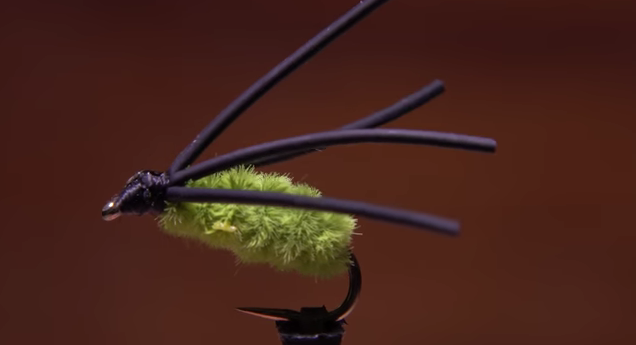While carp, pursued with 7- or 8-weight and 9-to 10-foot leaders, are the new and next best thing – make mine short (go anywhere) glass and 2- or 3-weights for bluegills
[dropcap]B[/dropcap]luegills, or any panfishes, are relatively easy targets since they exist in ponds, canals, and portions of most of the slow moving section in rivers throughout the U. S. and lower Canada. If you cannot find bluegills, or panfish, you never left your house.
If there ever was a species born to train a fly fisher or a fly tyer, it is most certainly panfish
Panfish have too many colloquial names to list, but among the best-known names are bluegill and bream, and even they have their own regional monikers.
Collectively, these little saucer shaped pescados will give anyone on the handle end of a lightweight fly rod a memorable tussle. Their remarkableness does not stop at featherweight brawling. They are plentiful – find one and you can be assured there are more nearby. They eat dry flies, wet flies, terrestrials, nymphs, hard faced poppers and foam poppers, and surface or subsurface bait mimics with equal gusto. And if you fly fish for bass or trout, you already have what you need in your fly box.
Bluegills, like all panfish, are water temperature activated – think 70 F. They are active throughout the warmer months of the year. When cooler make slow retrieves, warmer = faster. Stop and go movements work wonders – smallish twitches.
Not to be overlooked is that they are delicious to eat and probably the easiest species to clean and fillet
Flies that will out-fish others always deserve attention. And as usual, Tim Flagler of Tightline Productions comes up with a world beater that is soooooo easy to tie that you can launch a tying career with it.
Watch how to build a Bully Bluegill Spider
Materials:
Hook: Standard wet-fly hook (In the video, a Lightning Strike NW1), sizes 10 and 12.
Thread: Black, 8/0 or 70-denier.
Weight: .015 lead-free wire.
Body: Caddis Green Ultra Chenille.
Legs: Black, round rubber legs, small.
Head: Tying thread.
Adhesive: Head cement.
Note: Experiment with different colors for the body and legs.
[youtube id=”GkpOVzFvb2g” width=”620″ height=”360″]


